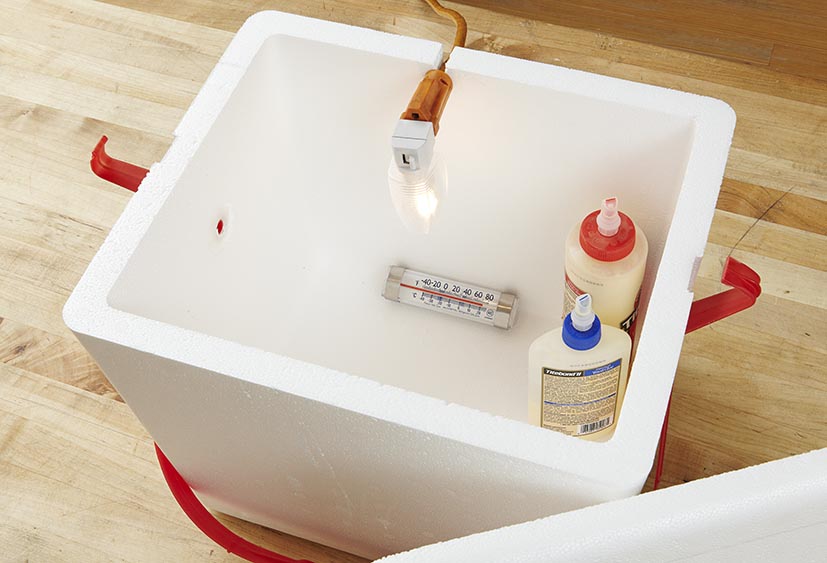When the temperature drops, think twice or thrice about reaching a jacket to keep yourself warm. How about the adhesives? Adhesives don’t always expire in cold weather. Extreme changes in temp have an essential impact on the adhesives’ performance and application effectiveness.
Why use cold-weather adhesives?
Cold weather adhesives are formulated adhesives designed to perform well in low-temperature environments. They offer several advantages in situations where traditional adhesives may not be effective or reliable. These are common reasons to use cold weather adhesive:
- Low-temperature resistance. Cold weather adhesives are formulated to remain flexible and functional at low temperatures, often well below freezing. They don’t become brittle or lose their bonding strength when exposed to cold conditions, making them suitable for outdoor applications during winter or in refrigerated environments.
- Quick cure times. Some cold-weather adhesives are designed to cure rapidly even in cold temperatures. It can be essential in applications where you need a fast bond in cold weather, such as construction or emergency repairs.
- Versatility. Cold weather adhesives can be used in several industries and applications, including:
- Automotive
- Construction
- Aerospace
- Marine
They are suitable for bonding various materials, such as:

- metal
- plastic
- rubber
- wood
- Preventing frost damage. Cold-weather adhesives are less susceptible to such issues, ensuring reliable bonds.
- Reduced downtime. When working in cold weather conditions, using an adhesive that performs well helps reduce downtime and keep projects on schedule.
- Increased safety. In certain applications, such as vehicle assembly or construction, using cold-weather adhesives can help ensure the safety and reliability of the final product, as they maintain their integrity in challenging environmental conditions.
- Avoidance of adhesive failure. Traditional adhesives may not bond properly or may fail altogether in cold temperatures, leading to product defects or costly repairs. Cold weather adhesives help prevent these issues.
- Improved adhesion properties. Some cold-weather adhesives are engineered to provide superior adhesion in cold environments, ensuring that the bonded materials remain securely joined even in challenging conditions
What happens to adhesives during cold temperatures?
Cold temperatures change the physical properties of adhesives. It leads to issues, such as the adhesive not applying properly or once applied. Different types of cold weather adhesive:
- Spray adhesives. These will not spray consistently. It has extended tack-up tomes and moisture that forms on the surface of the adhesive, which causes a much lower bond strength quality.
- Water-based adhesives. These adhesives often freeze, which reduces performance, and renders them unusable. That is why you must pay close attention to the temperature around the adhesive and take note of signs that cooler temperatures started to impact the performance of the adhesive
Choose the right cold-weather adhesive for your specific application and environmental conditions, various formulations are available.


